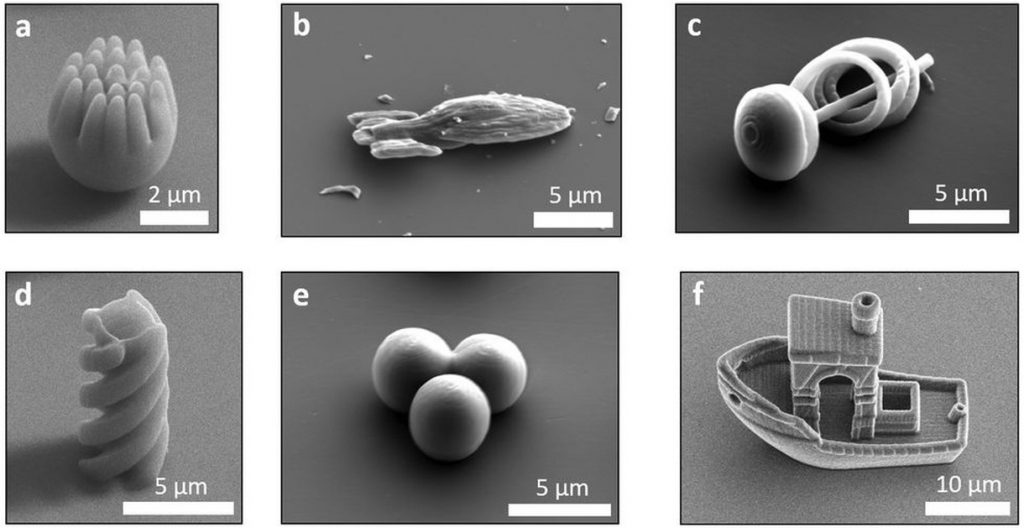Researchers from the Netherlands Leiden University have developed the world’s smallest boat as it measured at just 30 microns long. The tiny model was 3D printed as part of a project figuring out ways to make synthetic microswimmers of complex shapes.
The boat is exceptionally detailed and was snapped with a scanning electron microscope. The tiny boat has an open cabin, a chimney, and little portholes.
Snapped using a scanning electron microscope, the boat is exceptionally detailed, complete with an open cabin, a chimney, and even little portholes. It’s unbelievable thinking that the complete model is just one third the thickness of a human hair.
As this project uses an unconventional 3D printing method, it was significant to see that if it achieves the desired level of detail.
However, this micro boat is 3D printed, not using the conventional extrusion method to print a plastic object at a macro scale.
It’s made with two-photon polymerization; basically, laser carves complex patterns and shapes into a material designed to respond to the light.

One of the main reasons for the project was to experiment with these micro-swimmers. To see how these tiny objects propel themselves through the water as a result of a chemical reaction. Researchers from Leiden University went beyond experimenting with the spheres and rather investigated these more complex shapes.
Other than the 3DBenchy boat, the team created microswimmers in spirals, spiky balls, helices, and groups of three spheres. One face of the objects is coated in platinum, which responds to the surrounding medium by creating bubbles, propelling the tiny shapes forward.
Theoretically, the tiny boat could be created to move in this way, but it wouldn’t be the most efficient shape, as mentioned. For the most part, it had to test how well the laser could create detail. The spiral and helix shapes performed far better. It had one end coated to propel them in a corkscrew motion.


